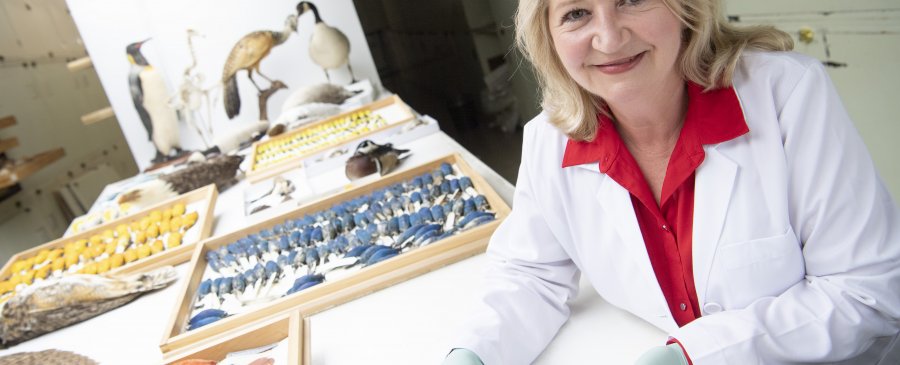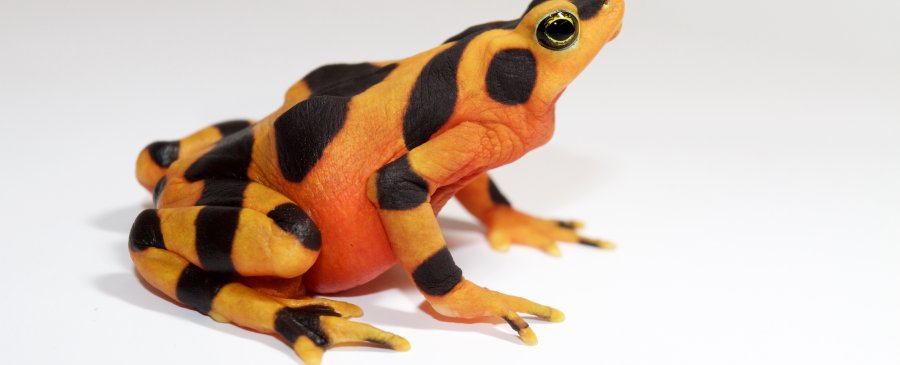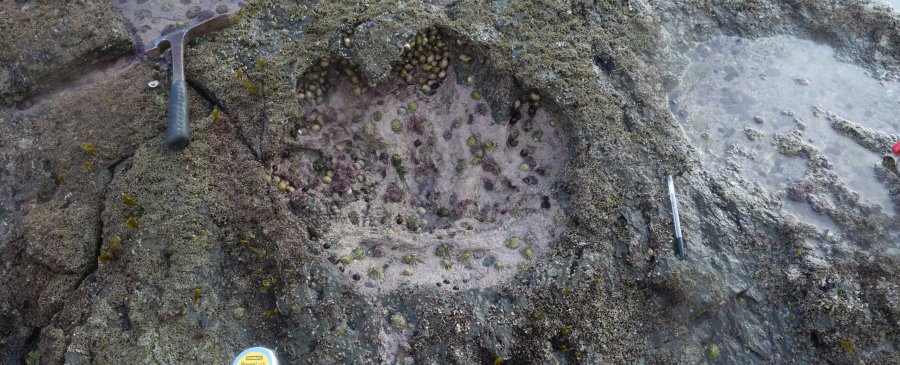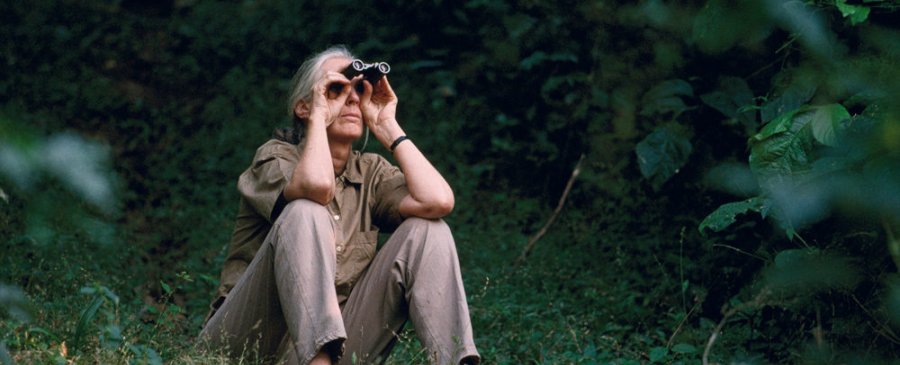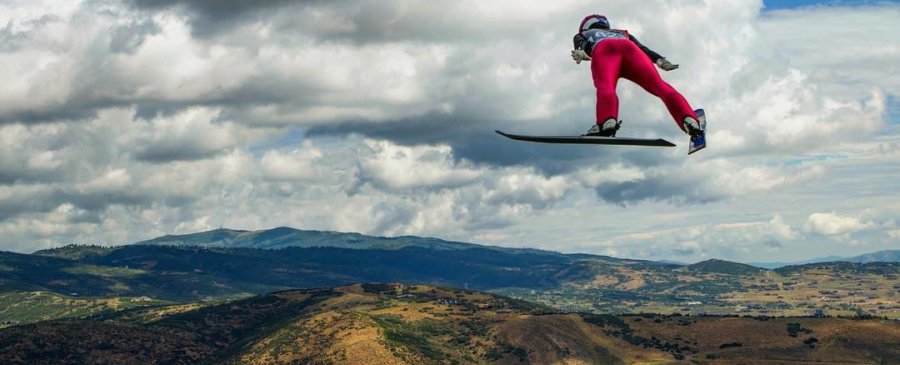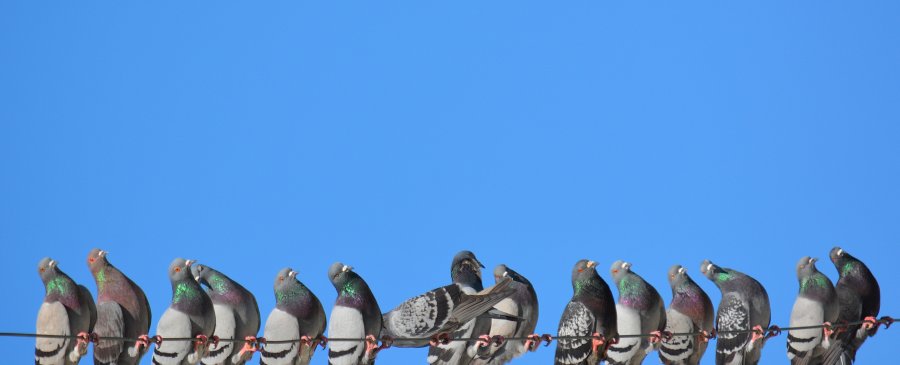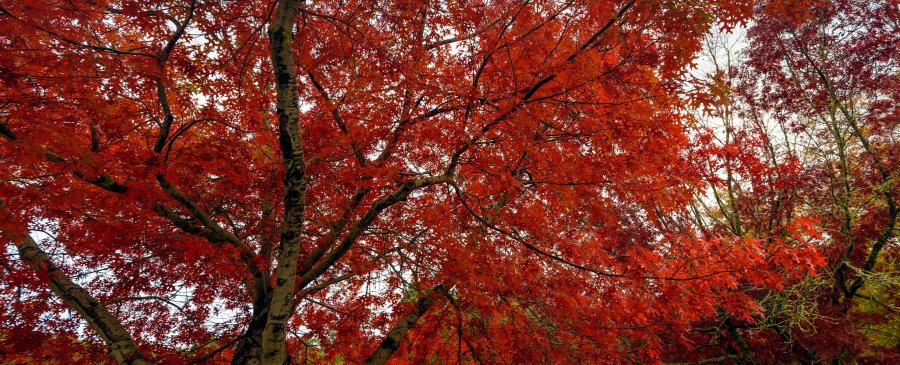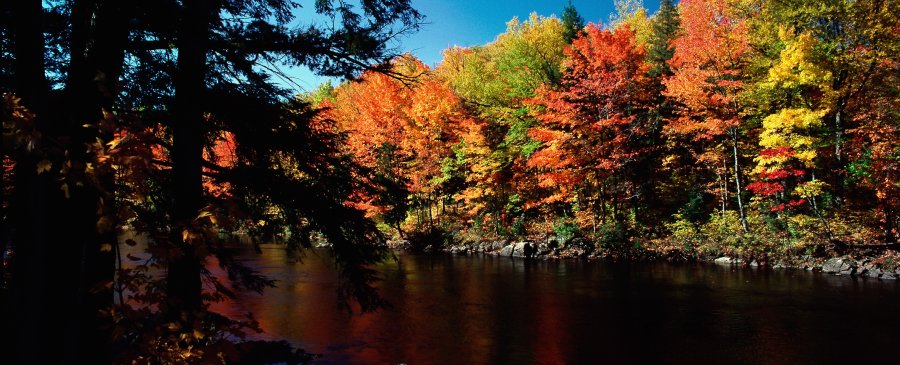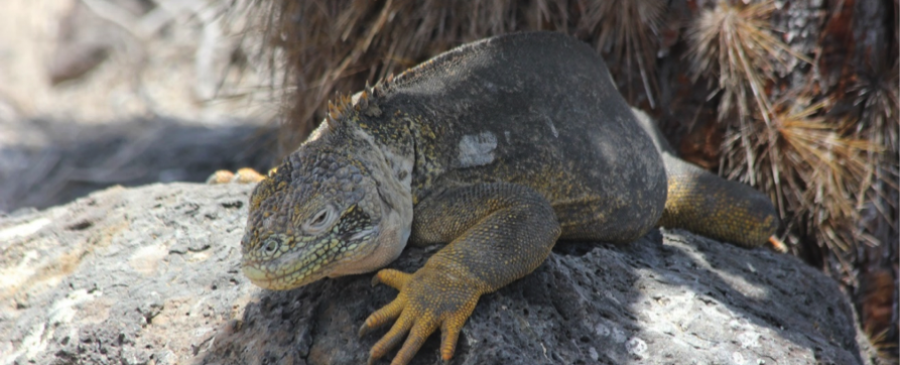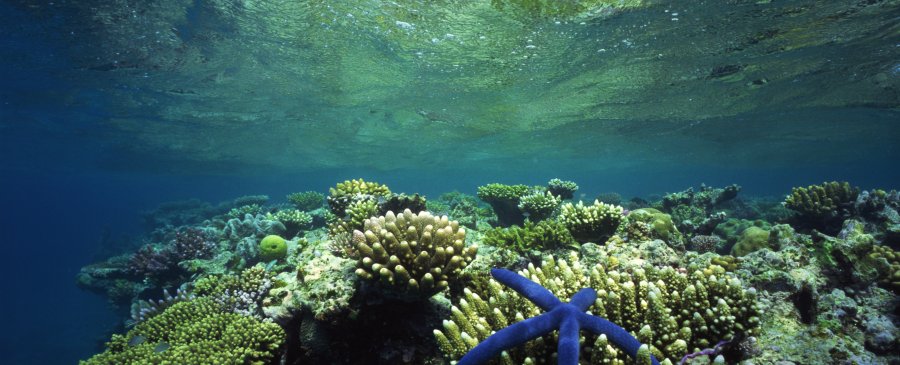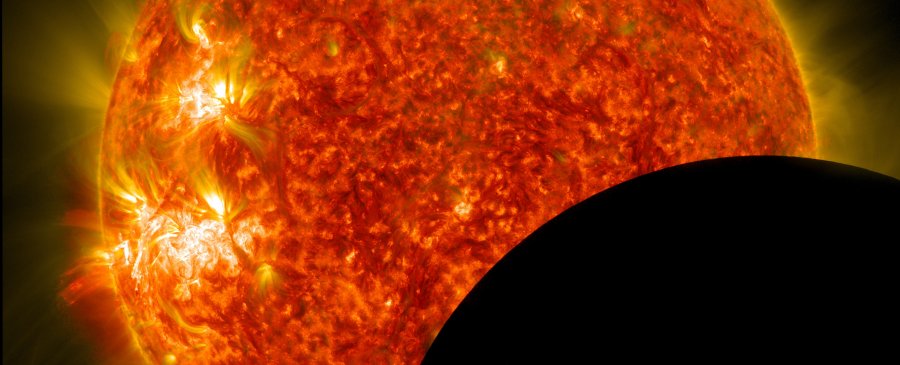Federal Science Agencies Release the Nation’s Climate Literacy Guide
Without scientists from Latin America, we would still be in the dark about why and how the dinosaurs were pushed to extinction.
A Smithsonian educator explains what it takes for athletes to win foot races in record time at the Olympics and on tracks around the world.
Smithsonian Science Education Center attended Climate Week in New York City with representatives from Smithsonian including SERC, STRI, SSEC, and NMNH.
During the week’s events, the Smithsonian Science Education Center brought K-12 sustainable development education to a global stage and joined the discussion on advancing the Global Goals. Some of the events included:
Integrating Climate Literacy into Your Classroom – On July 19, 2023, the Smithsonian Science Education Center (SSEC) co-hosted two in-person sessions at AIB for th 2023 Smithsonian National Educational Summit under the “Life on a Sustainable Planet” conference stand. To begin, Dr. Carol O’Donnell moderated a Deep Dive panel focused on Addressing Climate Literacy in L-12 Schools, featuring panelists Dr.
The next year offers the highly unusual opportunity to see two eclipses of the Sun in North America – a solar eclipse “Double Header.” An annular (ring of fire) eclipse occurs on October 14, 2023, followed by a total eclipse on April 8, 2024.

2023 Nobel Prize Summit: The Smithsonian Science Education Center conducted a 2- hour session on “Trust in Science” featuring the Smithsonian Science for Global Goals project at the 2023 Nobel Prize Summit. This Summit was hosted by the Nobel Foundation and the National Academies of Science, Engineering, and Medicine (NASEM) and was held May 24-26, 2023, in Washington, DC, both virtually and in-person.
Smithsonian Science Education Center Director Carol O'Donnell co-authored a public report on convergence education. The report is titled Convergence Eduation: A Guide to Transdisciplinary STEM Learning and Teaching on STEM Education and was released by the Interagency Working Group (IWCG) on Convergence Federal Coordination in STEM Subcommittee Committee on STEM Education of the National Science and Technology Council. In the report the IWCG developed a definition and overarching guidance related to convergence education.
As we celebrate women who have made history and break down barriers, we want to showcase women who are changing the face of STEM during Women’s History Month.
We spoke with three women featured in the Stories of Women in STEM at the Smithsonian ebook about their career path, and how they would encourage the next generation of scientists.
--
The British are coming
A century ago, the jungles of India were teeming with 45,000 tigers. The Indian people and tigers lived together in harmony, at least for the most part. Tiger hunts took place but were not common. This all changed when the British arrived in India, bringing with them their love of hunting. Tiger hunting became a royal sport soon after.
 One maharaja was reported to have killed 1,200 tigers. Image: National Museum of Asian Art, accession number S1990.73.
One maharaja was reported to have killed 1,200 tigers. Image: National Museum of Asian Art, accession number S1990.73.
Engineering is the practice we use to solve problems. Because of its importance in our world, there is a celebration for it every February. This year’s National Engineers Week (E-week for short) is February 17–24. Here are two ideas for your E-week celebration. The first is a hands-on build that can be easily adapted to your time and classroom. The other is a digital challenge called Tami’s Tower, which can be played online or downloaded to an Apple, Android, or Amazon device.
Why Are Amphibians So Important?
Amphibians are the oldest tetrapods, or four-legged animals, on Earth. They appeared on land for the first time over 350 million years ago. There are around 6,000 species of amphibian, most of which are frogs.

You have big news that you want to share with family in Mexico, India, or the UK. Maybe you will send an email or an instant message. Perhaps you are so excited that you will call them on the phone or make a video call through the computer. The only delay to the person receiving the news is how quickly they read the message or accept the call. However, this wasn’t always the case. At one point, the electric telegraph was the very latest thing in sending a message. The electric telegraph revolutionized how quickly messages could be received.
Mountains in the mist
The Isle of Skye is a 50-mile-long island in the Atlantic Ocean, just off the west coast of Scotland. It is famous for its dramatic scenery and wet weather. Its mountain ranges have names that wouldn’t look out of place in a Tolkein novel: Red Cuillin, Black Cuillin, Trotternish. It is a place where office workers come to de-stress and adventure seekers come to climb some of the most challenging mountains in Europe. Car manufacturers film new models of cars being expertly handled on Skye’s near empty winding roads. It is also an island where dinosaurs used to roam. Recently, there have been several discoveries of fossils in Skye from the Middle Jurassic period (174–164 millions of years ago). The Middle Jurassic period was an important time in the evolution of dinosaurs. It was when the first birds started to fly, meat eaters started to diversify, and long-necked sauropods (herbivores such as Brachiosaurus) started to get really big. Fossils from this period are rare, so now Skye has a new type of visitor: scientists.
 Skye has a lot of rain, even by British standards. Image: longtaildog/istock/Thinkstock
Skye has a lot of rain, even by British standards. Image: longtaildog/istock/Thinkstock
What words do you think of when you think of the name Dr. Jane Goodall? Chimpanzee researcher. Visionary scientist. United Nations Messenger for Peace. Expert. Leader.
How about failure? Maybe not.
But like every scientist before her and every scientist who will follow, Goodall encountered failure in the pursuit of science. All scientists fail. Einstein did. Marie Curie did. Your science teacher did. I definitely did.
Can you imagine turning on your kitchen faucet and no water coming out? That may happen to the 3.7 million people living in Cape Town, South Africa. The major water reservoirs supplying water to Cape Town are dangerously low. Once the reservoirs reach a certain level, drinking water will be shut off and people will need to pick up water at a distribution point.
In the 2010 Olympics, both the men’s and women’s two-man bobsled gold medals were decided by less than two-tenths of a second. Each team had taken four runs down a 1,450 meter (almost 1 mile) track, and the combined times were separated by less time than it takes to blink. So in a sport won by speed, what does it take to have the perfect slide on a bobsled run?
In the movie Toy Story, Woody tells Buzz Lightyear, “That wasn’t flying. That was falling with style,” after he gracefully glides around a room. This idea that a person could fly through the air has intrigued civilizations since ancient times. Stories from the Ancient Greeks through 18th century Europe tell similar tales of men fashioning wings from wood, feathers, and cloth imitating birds before leaping from towers, hills, or cliffs.
If you were lost in the middle of the woods and could not see the Sun, you might use a compass to try to decide which direction to take. A magnetic compass needle lines itself up with Earth’s magnetic field and points roughly north and south: from that, you can figure out east and west, too. Because this works fairly well, people have been using magnetic compasses to find their way for about 1,000 years.
If you have ever gone swimming in summer or had a snowball fight in winter, then you know something about seasons. Seasons are times on Earth that have very specific weather patterns and hours of daylight. Earth’s four seasons are spring, summer, fall, and winter. Seasons are caused by Earth’s changing position as it revolves around the Sun. Some people think that the seasons occur because of Earth’s distance from the Sun.
 Joseph Henry Image: Library of Congress, Prints & Photographs Division, LC-BH824-4499
Joseph Henry Image: Library of Congress, Prints & Photographs Division, LC-BH824-4499
Your team has a soccer game Saturday, so you check a local news station’s website to see the weekend forecast. Radar images on multicolored maps show rain moving east, away from your town, and bands of clouds a few hundred miles west. It could mean rain, but the forecast for Saturday is partly cloudy with a high of 75 degrees. To get a better idea of the weather at the time of your game, you check the hour-by- hour forecast. Saturday, 10 a.m.: partly sunny and 68 degrees. Perfect.
In this age of 10-day weather forecasts and colorful digital displays of the entire country’s weather, it is hard to imagine not being able to find out tomorrow’s forecast. But before the mid-1800s, farmers and ship captains, whose lives and jobs depended on the weather, had little information to go on. They relied on clouds, winds, The Old Farmer’s Almanac, past experience in how the seasons flow, animal behavior signs, and their own arthritic bones to make predictions about the weather. But a scientist named Joseph Henry changed all of that.
What is your favorite thing to do in autumn? Go on a hayride? Walk through a pumpkin patch or an apple orchard? Watch leaves dance around you?
Autumn is a beautiful and fun season for all ages. We can observe a lot of changes in autumn—the air becomes crisp, the evenings grow longer, and leaves’ dazzling colors emerge. We know autumn is here when the bright green summer landscape changes to reveal brilliant reds, oranges, yellows, and golds. But leaves are not on trees just to make them pretty. Trees need leaves to keep them alive!
Leaf or Needle?
When was the last time you truly thought about water? Not just the thought of thirst leading you to drink water but some real, contemplative consideration of water? It’s something that every person consumes (ideally) 1.9 liters of each day, it covers 71% of the Earth’s surface, and it sustains the existence of all living things. Clearly, it’s important. But chances are you haven’t been acutely aware of it. So we thought it would be a good idea to give water a little more thought.
There are lots of great things to love about fall. There’s cooler weather, apple picking, Halloween… but arguably one of the best things is the natural art show that deciduous forests put on. Every fall these forests turn from their typical green to vibrant hues of red, orange, and yellow. It’s a spectacular site to see and one that people travel miles to visit (in Vermont we call them leaf peepers). But what’s the story behind this beautiful show of color, and why don’t all trees do it? As always, there’s some pretty cool science happening behind the scenes.
What’s the weather like right now? Let me guess, you just glanced out a window? Or maybe you consulted the meteorologist in your pocket. Either way, odds are most people reading this won’t be outside. After all, Americans spend 87% of their time indoors. As a result, the weather is much less a constant concern of ours than a welcome reminder that nature still exists beyond our buildings.
Humans are great at creatively conspiring against Earth’s elements, and the temperature is no exception. In addition to buildings, we’ve invented clothes to cover ourselves, thermostats to tinker with the temperature, and numerous other nature-numbing devices that solve the challenge of changing climates.
June brought educators from around the country to Washington, DC, to experience Smithsonian research facilities, interact with scientists, and engage in activities to bring back to their classroom. These educators were participants in the Smithsonian Science Education Academies for Teachers (SSEATs), a weeklong event that focuses on the professional development of science educators.
 NASA/ The Exploratorium
NASA/ The Exploratorium
On August 21, 2017, day will appear as night, temperatures will drop, and birds will fly home to roost. This may sound like something out of fiction, but it’s all very real. For the first time in decades, North America will experience a total solar eclipse stretching from coast to coast and even including Hawaii and Alaska. More than likely, if you’ve had access to TV, radio, Internet, or really exposure to any type of media in the past year, the total solar eclipse is not new news. This is something both amateur and professional eclipse chasers have been looking forward to and talking about for years. You may be wondering, is the hype worth it? Does the lining up of three celestial bodies all traveling on different orbital planes actually deserve this much attention? The simples answer, YES!
- 1 of 3
- next






